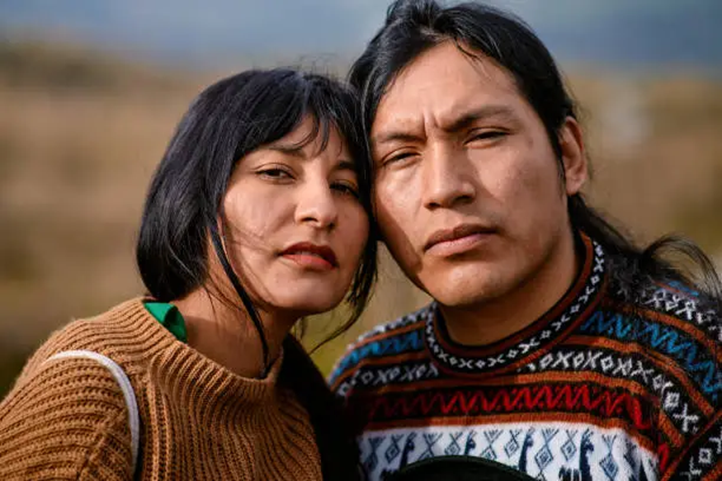In recent years, you may have noticed a shift in how we celebrate the second Monday in October. While many of us grew up observing Columbus Day, a new holiday has emerged on the calendar – Indigenous Peoples’ Day. This change represents a significant step towards acknowledging and honoring the rich histories and cultures of the native peoples of the Americas. But why did this shift happen, and what does Indigenous Peoples’ Day mean?
In contrast to Columbus Day, which traditionally commemorated the arrival of Christopher Columbus in the Americas in 1492, this holiday emphasizes the invaluable contributions and resilience of Indigenous communities who inhabited the land. Before European settlers arrived, scholars estimate that between 2 and 18 million people lived in the area now known as North America. Columbus's arrival marked the beginning of a challenging period for Indigenous communities, including violence, forced displacement, and the devastating impact of diseases brought by European explorers.

Given the complexity, shifting from Columbus Day to Indigenous Peoples Day fosters dialogue, understanding, and healing between Indigenous and non-Indigenous communities. It encourages us to reflect on the past and work towards a more inclusive and equitable future while acknowledging the historical injustices inflicted upon Indigenous peoples.
More than 100 cities have replaced Columbus Day with Indigenous Peoples’ Day, including Seattle, Los Angeles, Boston, Denver, Phoenix, and San Francisco. However, Indigenous Peoples’ Day has yet to be a federal holiday. Two bills in Congress, though— one each in the House and Senate — propose to make it one.

Even though Indigenous Peoples’ Day is not yet recognized as a federal holiday, you can still do things to commemorate the day.
Here are ten ways you can celebrate:
- Identify and acknowledge the native land you live on.
- Attend a celebration hosted by an Indigenous organization that honors Indigenous people and cultures.
- Take part in an online or in-person event, such as those hosted by the National Museum of the American Indian.
- Donate to Indigenous-led organizations like the Native American Rights Fund, First Nations Development Institute, or Native American Heritage Association.
- Sign a petition or write to your Congressperson about the importance of celebrating Indigenous Peoples' Day.
- Attend a Landback campaign event or informational session to support giving back Indigenous lands.
- Take action to remove mascots, names, and logos depicting racist and offensive imagery and language.
- Read books that center on Indigenous people, history, or culture.
- Watch and share historically accurate videos reflective of Indigenous people.
- Spread the word by discussing the importance of recognizing Indigenous people and celebrating Indigenous Peoples' Day.
Happy Indigenous Peoples’ Day!





Leave a Comment